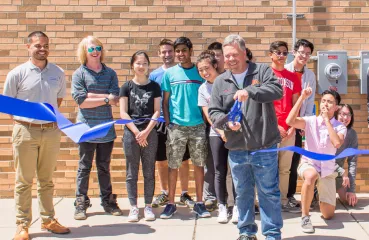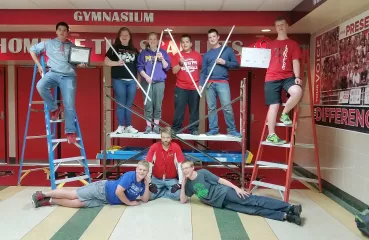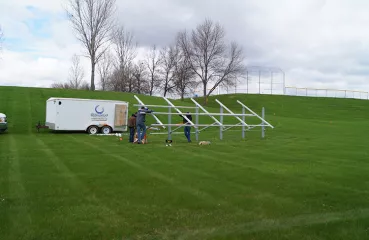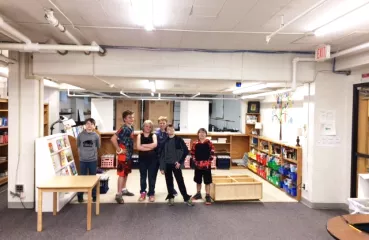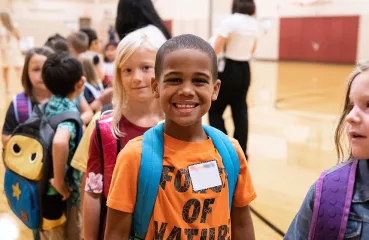“Ultimately, we have to move everyone in the direction that nature is telling us to go. That requires taking steps toward clean energy, to restructure a more careful plan for caring for our environment, neighborhoods, and future generations,” said Paul Thomspon, a former elementary school teacher and local environmental activist based in Edina, who helps advise the Project Earth club. Thompson supported student efforts to push the school district to invest in solar, given schools are often large energy users within a community.
While acknowledging these projects demonstrate leadership and are a step forward, students at Project Earth hope the school district continues taking action to advance clean energy and sustainability. The school can count on the students to stay engaged and active on these topics, as well.
“We hope that these investments on the elementary school and the transportation building will help encourage the school to move forward on even more solar and sustainability projects,” said Martinez. “One of our plans for this year, even though it’s a challenging time, is to come up with a comprehensive sustainability plan for our school, including a focus on energy, to help them along.”






